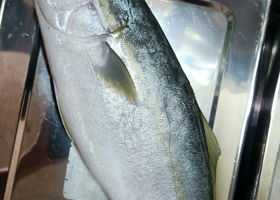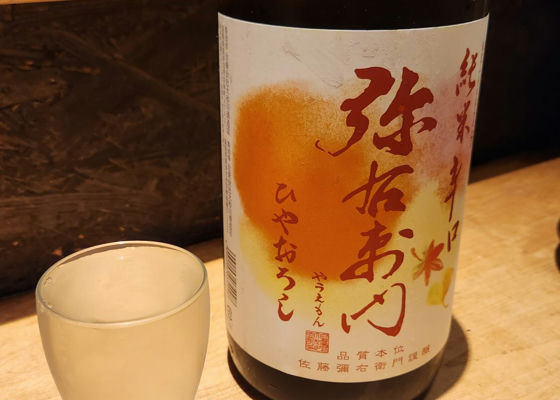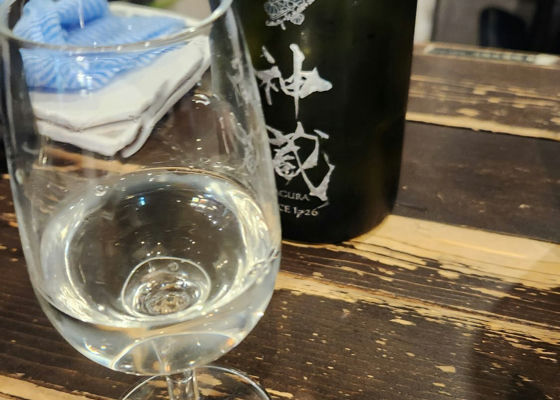Mimurosugi純米吟醸山田錦


ショーン
Ki Melon banana aroma, tingling and slight bubbling sensation.
After finishing it, the melon aroma penetrates from the back of the mouth.
TEN: Mellow without being overpowering.
Yui: It is sharp and slightly sweet, but then the taste disappears. The alcohol or chemical taste is a bit muddy, though.
If the aftertaste was eliminated, it would be very tasty.
4.2
ps.
After a day, the slight fizz settles down, the taste rounds out, and the chemical taste disappears!
Japanese>English





















